 My guest blogger today is Catherine Lenderi of Cat's Edits. The importance of editing is increasingly talked about as the growth of Indie authors continues, and the quality of our work comes under closer scrutiny. Catherine talks now about this topical subject. Welcome Cat and thanks for being our guest blogger on Rukia Publishing today. Thank you for inviting me Sarah Jane. I was recently asked this in jest by an author friend of mine and the simple, brief answer I gave him was that a good editor will see the things you can’t see. No matter how skillful a writer might be, they will always skip some of the mistakes they have made, for the sole reason that they are so involved in their stories that their mind auto-corrects what their eyes actually see. They just read what they wanted to write and not what they have actually written. A good editor will not only correct the grammar or punctuation errors but will also polish a manuscript by pointing out all the problematic areas in it and suggest ways to improve it. So let us see what are the most common problematic areas in a manuscript, shall we? 1) “Show, don’t tell.” I am sure you have all heard this comment, not only by an editor but from other writers too. What does that mean? How will you know if you are telling and not showing? Well, this is what you need to keep in mind. First of all, your scenes must take place in real time. Your readers should be able to watch events as they happen rather than have you describe them after the fact. Give them just enough details to jump-start their imaginations so that they can picture your settings. In dialogues, it’s a good idea to include a little physical action every now and then to remind them of where your characters are and what they’re doing. A fiction writer must engage his or her readers, so you should rely on immediate scenes to put your story across. You want to draw your readers into the world you’ve created, make them feel a part of it, make them forget where they are. So, you have to take them there. Don’t tell your readers about your characters’ emotions. Show them why your characters feel the way they do. You don’t want to give your readers information. You want to give them experiences. 2) Characterization Every avid reader will tell you that they enjoy books with strong and engaging characters. How can you accomplish this? As I said before, a writer needs to help readers let their imaginations loose, so when introducing a new character it’s a good idea to start by giving enough physical description so that they can picture him or her. As for settings, all you need are a few concrete details for them to see it in their minds. When it comes to your characters’ personalities, though, it’s more engaging to use other techniques than a narrative summary. Bring your characters to life by showing their actions and reactions; let them emerge and develop through interior monologue and dialogue. If you tell your readers who your character is the minute you introduce them, then they will set their minds on that particular image throughout the book. But if you allow your readers to get to know your characters gradually, each reader will interpret them in his or her way and get a deeper sense of who your characters are. Be careful not to give unnecessary details about your character’s life. Though it might be a good idea for a writer to delve into their character’s past in order to better understand the character in the present and bring him or her to life, we as readers don’t have to know every detail. Let us imagine a few things for ourselves. 3) Point of View That’s surely another point writers hear editors mention a lot. So, what can you do to avoid changing your point of view among your characters? Well, let’s see what each of the three basic approaches of point of view has to offer first. The first person is the “I” voice, where all the narration is written as if the narrator were speaking directly to the readers. The first person point of view gives your readers a great deal of intimacy with your viewpoint character. Readers are invited into the character’s head and see the world through his or her eyes. However, what you gain in intimacy with the first person, you lose in perspective. You can only write about the things your character knows, which means you have to have your main character on the spot whenever you want to write an immediate scene. In case a book is written entirely in the first person and there are more than one main characters, then you can use multiple first person point of views from each one of the characters. Of course, that might be proven tiring, not only to the reader but to the writer as well to write the same scene from two or three or more point of views. Instead of being written from inside the head of one of your characters, a scene in the omniscient point of view is not written from inside anyone’s head. However, though the omniscient point of view allows you a much better command in descriptions, since it offers wider perspective of the scene, it lacks in intimacy. The readers can’t easily relate with your character’s emotions that way. Then there is the third person, which strikes a balance between the other two approaches. When you describe your settings and actions using only words from your viewpoint character’s vocabulary, you’re not only telling your readers the facts, but you’re showing those facts through your viewpoint character’s history and sensibility. On the other hand, when your descriptions are more verbose and observant than what your viewpoint character can manage, then you’ve put distance between the two. 4) Repetition My clients will definitely tell you that my most frequent complaint to them is word repetition. This is a common phenomenon and though most writers already know how to edit out places where they have literally repeated a word or phrase, it is most likely that they will skip some. However, word repetition, though tiring to the eyes of the reader, is not the most problematic of the kind. The repetition of an effect is much more serious and should be avoided. Whether it’s two sentences that convey the same information, two paragraphs that establish the same personality trait or two characters who fill the same role in the plot, repetition can rob your writing of its power. Though it might seem to you that by writing the same action you will increase the intensity of the scene, believe me that in most cases you will have the opposite result and your reader will only feel exhausted by a book that says the same things over and over again. Keep in mind, for example, that habitual gestures of characters, though they provide a clearer image of the character’s personality, should be described in entirely different words. You still think you don’t need an experienced set of eyes to improve your manuscript before attempting submission for publication??? Guest blog by Catherine Lenderi Cat's Edits http://catsedits.weebly.com/ Catherine is also a founder member of The Booktrap, a website and resource for readers and authors. "Authors from all over the world have come together with the sole purpose to offer you a convenient and entertaining reading experience." http://thebooktrap.weebly.com/
1 Comment
Leave a Reply. |
FREE EBOOK ALERT!LIVE CLEAN
|
Photos from Rising Damp, Nelo Hotsuma, Archives New Zealand

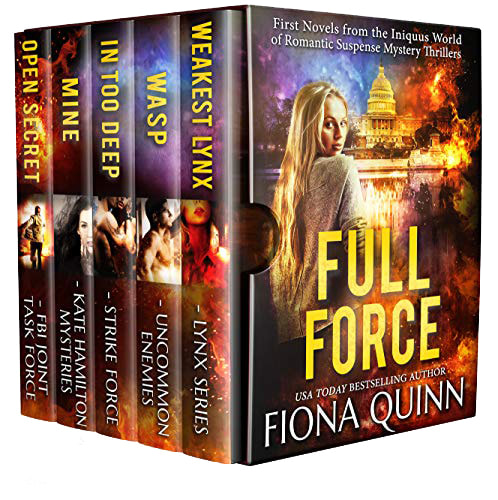

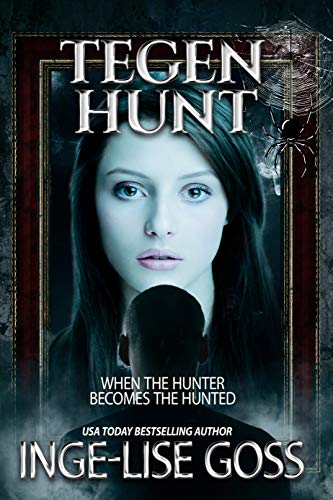



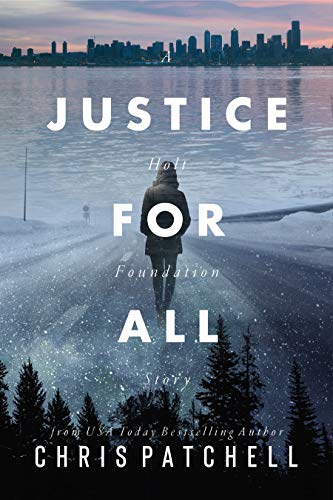
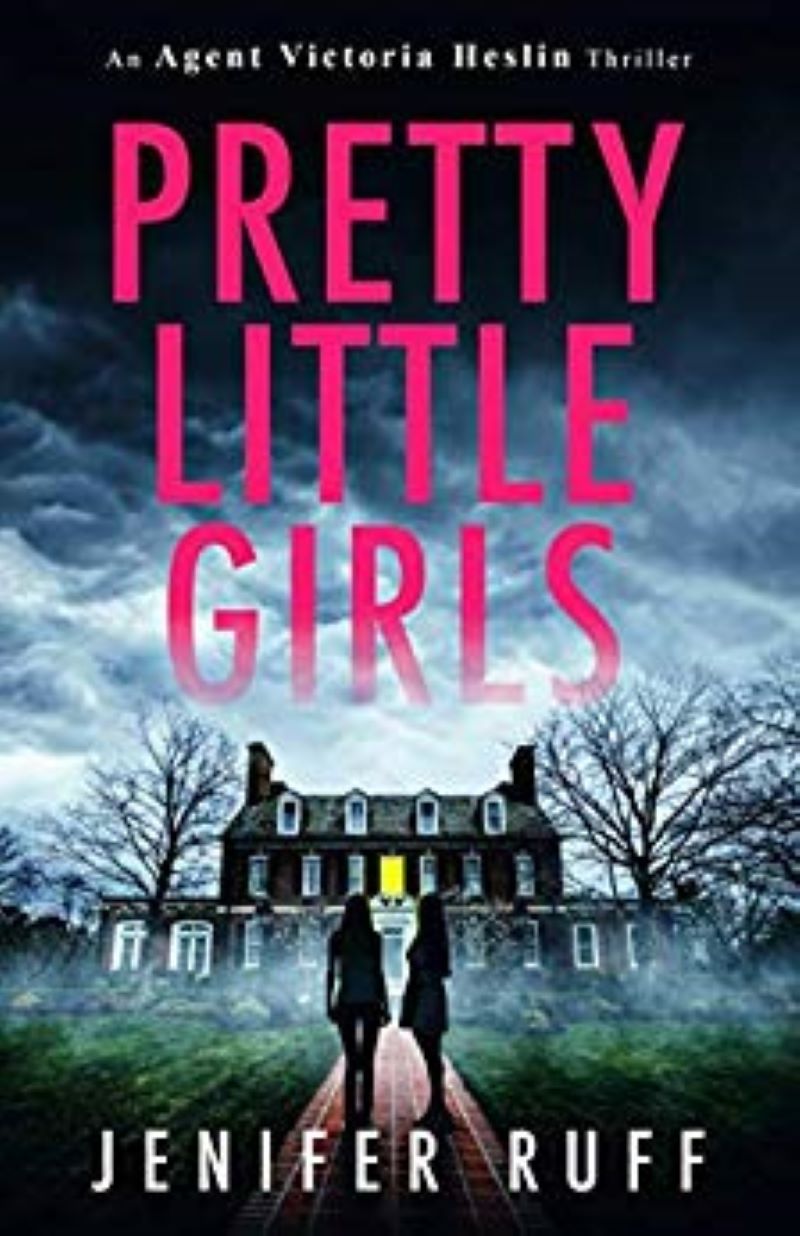

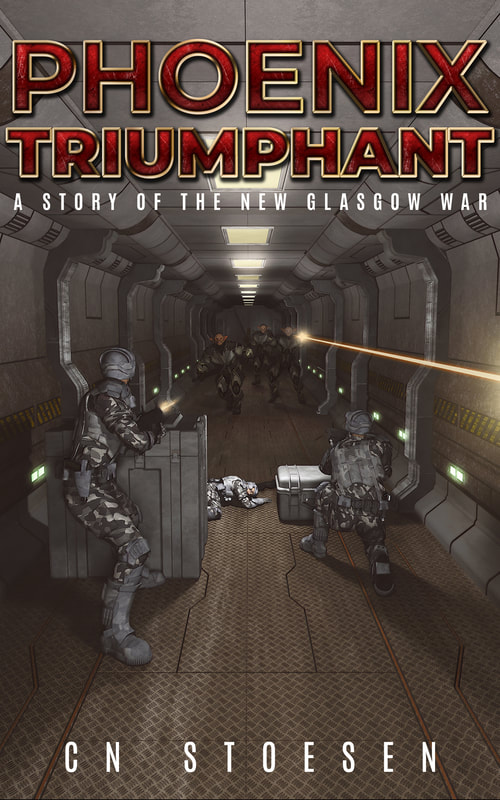

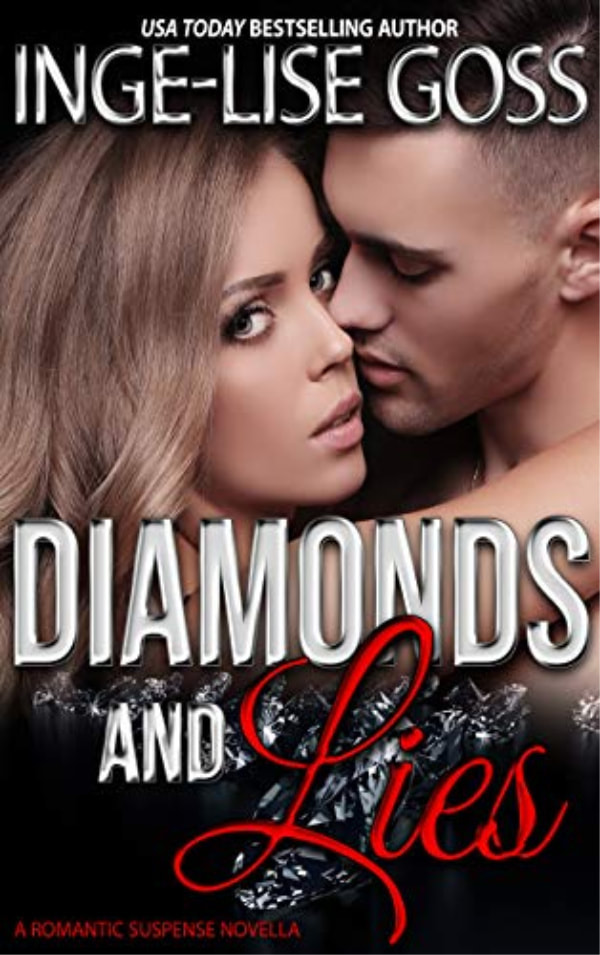

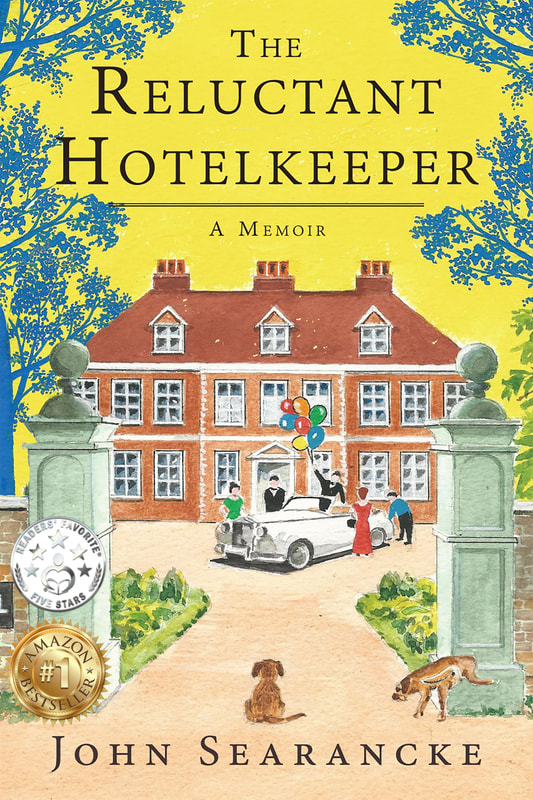
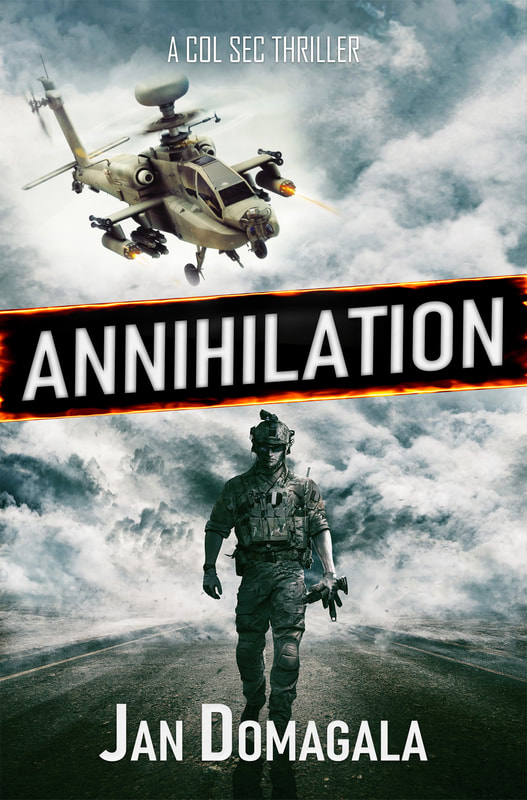

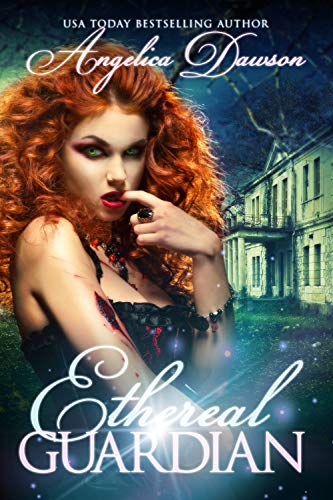
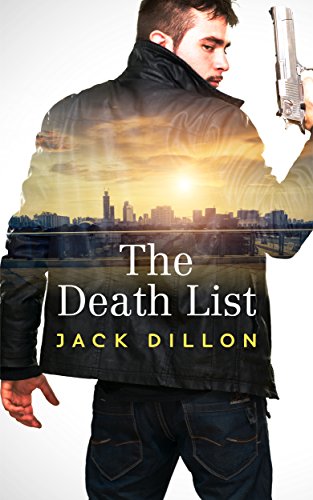
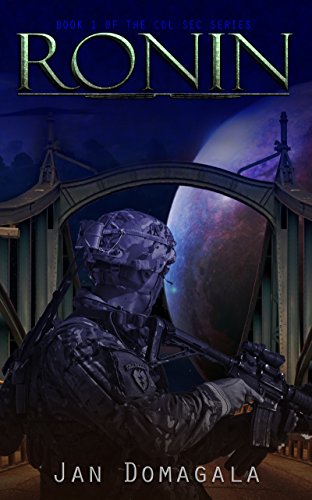
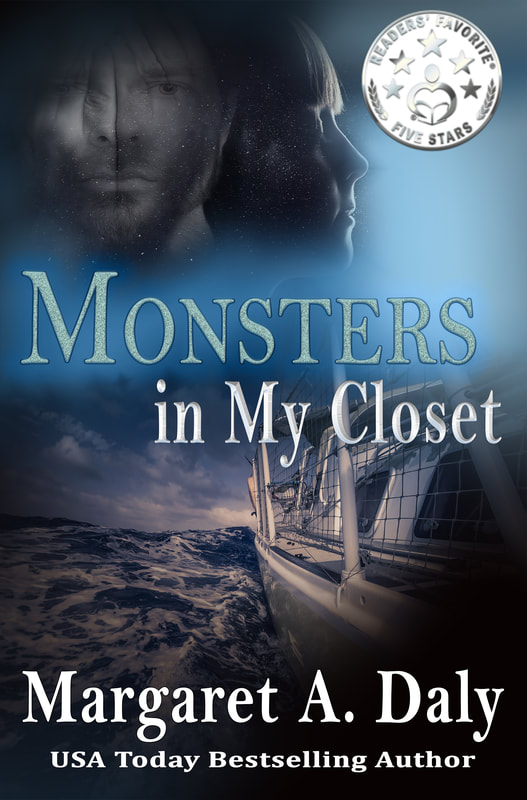
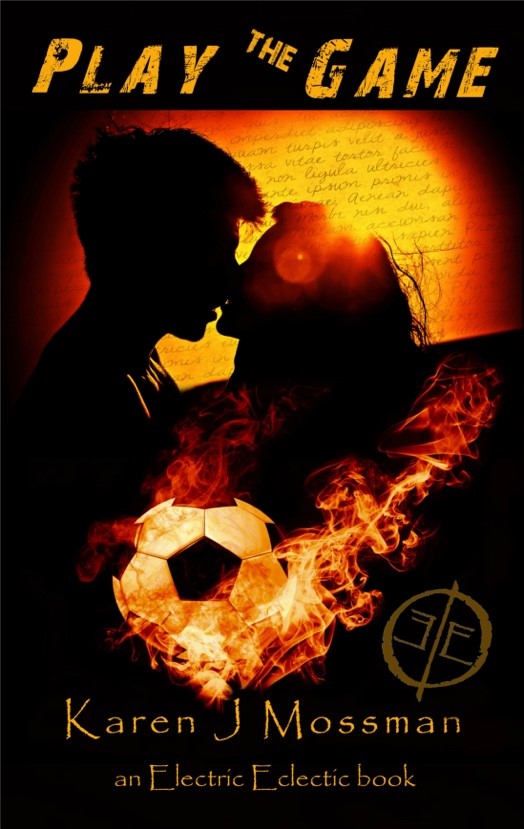





 RSS Feed
RSS Feed
